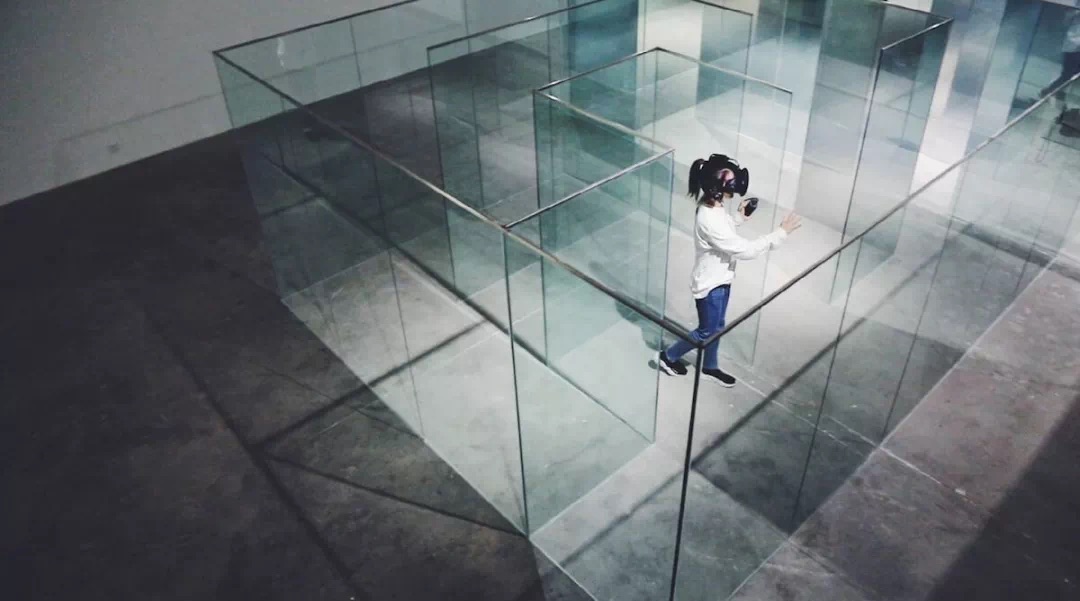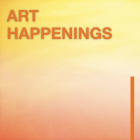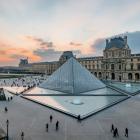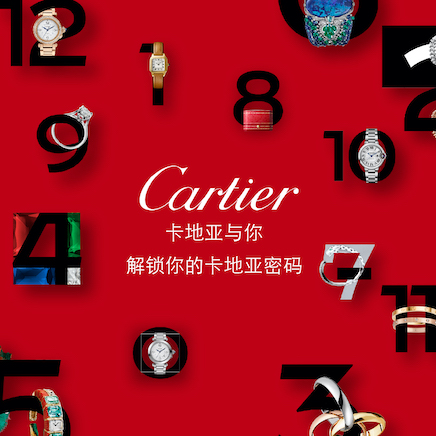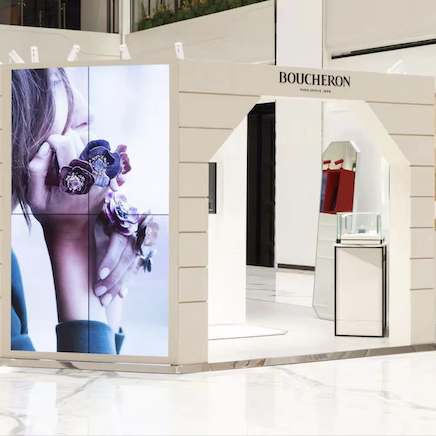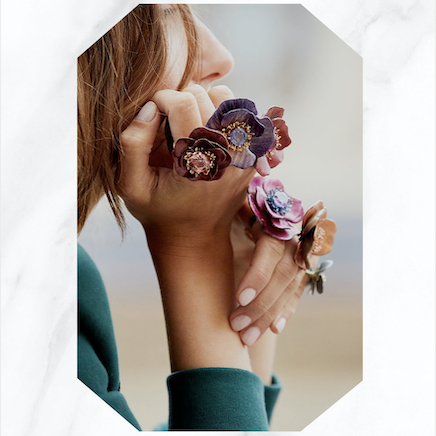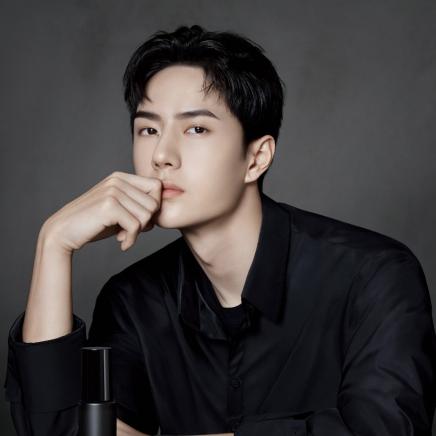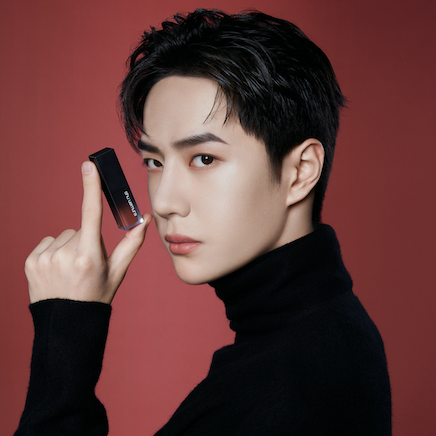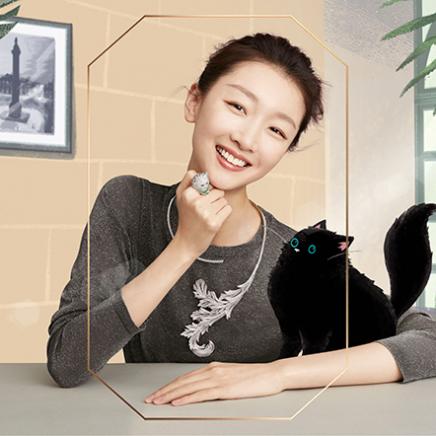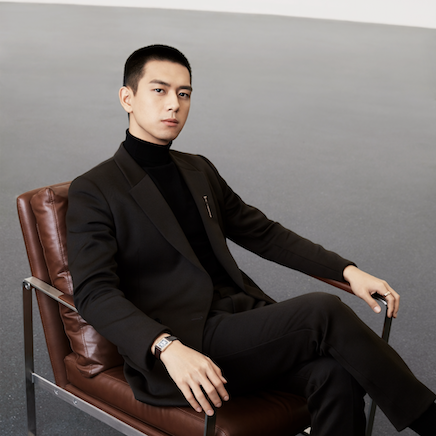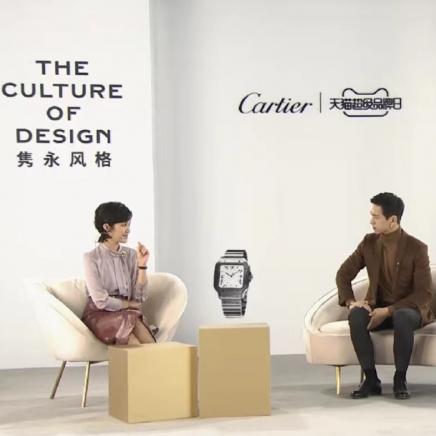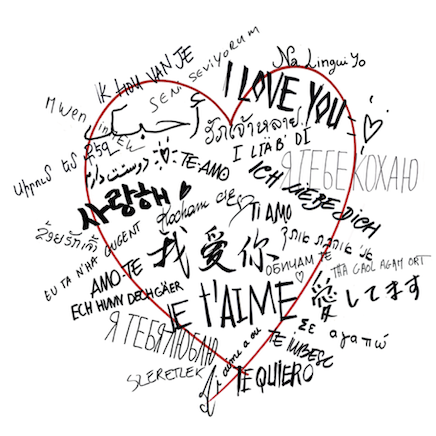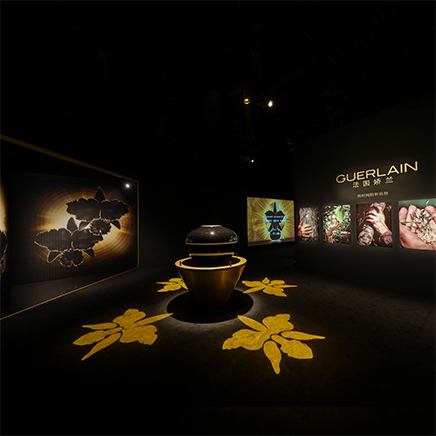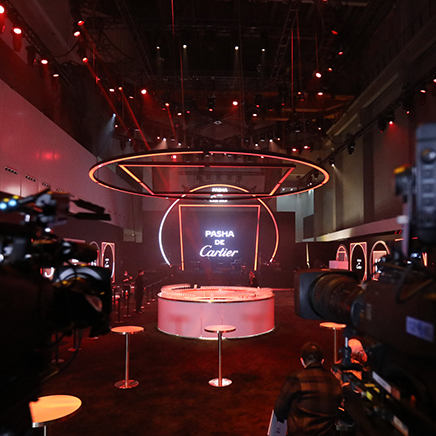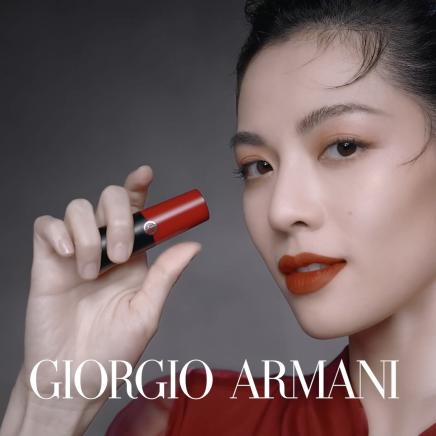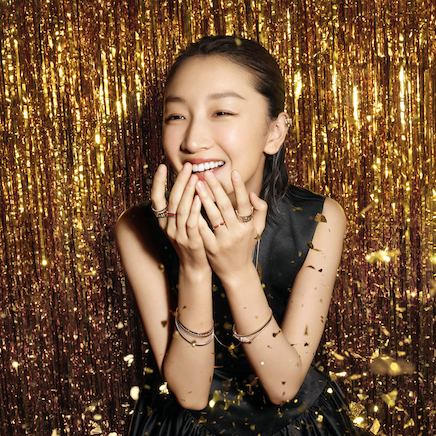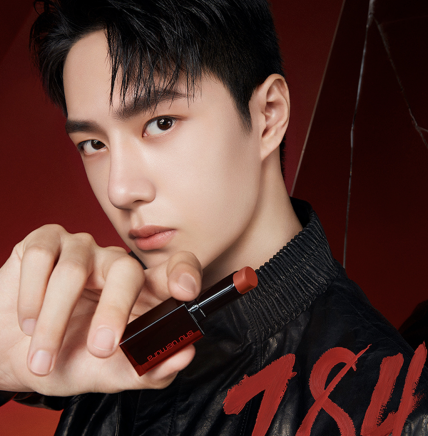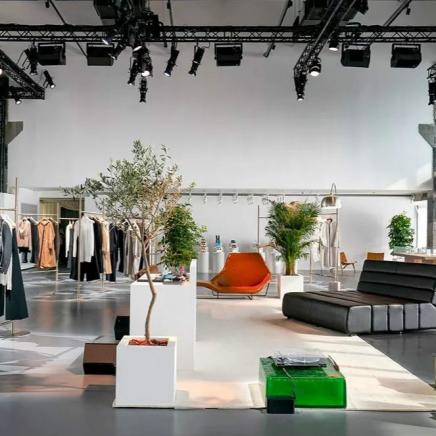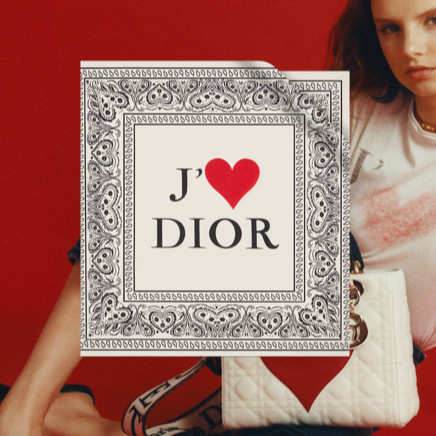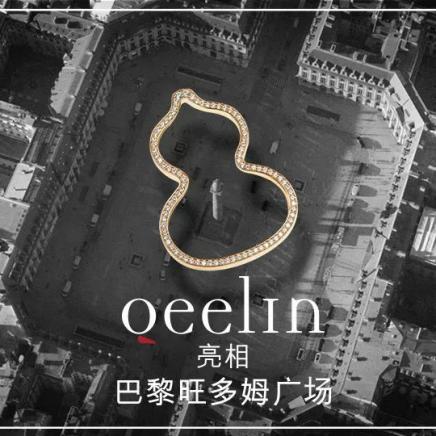Art in Reset Mode: From Travel Restrictions to a META Future
-
In 2022, the pandemic crisis isn’t over as predicted. New waves of infection keep coming, it’s still hard for people all over the world to fully let their guard down. Mask is not a thing of the past yet, pandemic restrictions including border closure, limited public gatherings, and quarantines keep being part of our daily life.
Art in a “new normal”
As virus-related dislocations keep going on, all the domestic and foreign art galleries, museums and institutions are gradually adapting themselves into a “new normal”. Curators are exploring new solutions to make things happen in a safer and smarter way with all the uncertainties during pandemic.
Due to border closure the communication and activities involving foreign artists and galleries seem harder than ever. Limitations on entry and exit undoubtedly raised the time and financial cost. In 2021, most of the foreign art exhibitions in China are mostly either part of the long-term collaboration between large institutions or confirmed in the agreements that have already been established long ago. For instance, the series exhibitions created by Centre Pompidou and West Bund Museum Project including Kandinsky The Pioneer of Abstract Art, Architectures of Greater Paris, The Voice of Things Highlights of Centre Pompidou Collection. Light-works from Tate’s collection by Museum of Art Pudong, the well-known Love Is The Colour Marc Chagall, TINTIN AND HERGE, Becoming Andy Warhol, to the latest Yoshitomo Nara’s full-scale exhibition at Yuz Museum. From these names we can also tell that iconic artists and masters are still in trend. Besides informative and inspiring content, the esthetic style and photogenic settings are always the key to win audiences’ hearts.
While some artists and curators are struggling on cross-border collaborations and intercultural creation, others start to rediscover the value of local culture, reinvent the core idea of Chinese art, its techniques and motifs, its long-existing beauty and humanistic spirit, bring people back to the poetic esthetics hidden in Chinese art. Recently, the exhibition Imaging Nature Before and After Photography by Chinese botany painter Zeng Xiaolian opened to public at the Shanghai Center of Photography. 36 paintings display the beauty of nature and the cycle of botanical life in China to audience with artist’s delicate painting skill, gentle and tender style, academic yet artistic storytelling. Earlier this year during Chinese New Year, another comic themed exhibition Drawing Shanghai: Shanghai Style in Comics featuring over 600 drawings from the most iconic comic artists in Shanghai such as He Youzhi, Dai Dunbang, Zhang Lepin etc. and foreign artists who are currently living or used to live in this city. The exhibition not only presented itself as the heartwarming nostalgia for those who spent most of their life in this city and those who’d like to know about the history behind its modern appearance, also shed light on the comic culture that inspired and accompanied many generations through decades.
Affected by the pandemic, people spend more time in their own neighborhood and the city they live in, paying more attention to the places where their daily life happens, letting themselves have the chance to take a good look at the things around them and dig deeper into the local culture and art scenes. And that’s why more exhibitions like what we mentioned above are focusing on native culture and storytelling, highlighting domestic artists and curators in response to audience’s interest.
Virtual universe opens the door to future
In the past two years, art projects, exhibitions and exchanges have been delayed or canceled due to different restrictions. What used to take place in the physical art spaces, galleries, museums, and auction houses had to stop. But the thing is: art never stops, it evolves, and exists in different formats thanks to new media and advanced technologies, and finally makes virtual come true.
Let’s turn back the clock to have a clearer view on how art rapidly became part of the virtual world during pandemic. In 2020, when online art exhibitions and virtual tours took over the place, people were still treating them as temporary substitutions of the physical ones as most of these were simply adapted from the existing exhibitions without enough creative thinking and fine details. But it’s hard to deny that the boundaries between online and offline, virtual space and physical space were getting blurred from then, emerging talents and individual art spaces succeeded to find a break-through to keep on with their creative work during pandemic, fortunately, with lower costs and less limitations. While audience and art collectors were getting used to the new reality, the boosting gaming and streaming industry, the wide usage of VR, AR and MR technologies and new media not only made art from in-person to online, but also attracted numerous audiences with fresh immersive digital experience, more importantly, the experience beyond limitation of space. Back to beginning of 2020, UCCA impressed the China art world with its first crypto art exhibition Virtual Niche——Have You Ever Seen Memes in the Mirror? which announced the beginning of the NFT themed exhibition in China. In the next year, the first full-scale international crypto art exhibition in Shanghai A Realistic Shocking of the Viral Authenticity opened to public at the West Bund – the new it place for art goers in recent years, where audience got to see the NFT star artists’ works closely including Beeple’s Every Day: The First 5,000 Days , Andreas’s Smooch and Jonathan Nash digital art project combining AR and VR technology.
In 2021, NFTs and Metaverse are already in headlines everywhere other than the art section. The next thing we know is that cultural institutions and big brands all over the world dived into the change and made their first moves without hesitation. At beginning of 2022, Italian luxury brand BVLGARI claimed to have its first high jewelry and watch in mid-2022, and the CEO said that they were working on the launch of whole NFT collections by collaborating with the gaming platforms so that users can see their avatars in sensational jewelries and watches in games. Except for BVLGARI, brands like Gucci, Louis Vuitton, Burberry, Dolce & Gabbana also launched their NFTs in Metaverse. Meanwhile, make-up and fashion brands are making wide collaboration with virtual KOLs, some of them are planning to make their own ones as a loud announcement to step into the virtual era. As one of the leading groups in luxury world, LVMH announced its first Metaverse ambassador and it will show up on Viva in Paris this year.
The concept of using non-fungible assets to build up an entire virtual universe makes the physical world no longer the priority. In this experiment, NFT collections and NFT artists keep altering people’s way of thinking and seeing art. The binding of technical innovations and artistic creation is closer than ever, professionals and amateurs, artists and audience blend into each other in this new system that pushes the limit of creative thinking.
In March 2021, Mike Winkelman's encrypted digital artwork "Every Day: The First 5,000 Days" was sold for 69 million at Christie's. After the record-breaking work sold at a major auction house for the first time, others like Sotheby’s, Phillips, YOUNGLE Auction, China Guardian Auction, Beijing Poly International Auction have also joined the team of encrypted digital art auctions after the online bidding trend. Except for claiming its own value, NFT art shows that virtual world is not the extension of the physical one anymore, it became the origin and let all kinds of innovators start from here. The consuming behavior has also undergone some changes thanks to it. Young art collectors have shown open attitude toward diverse creations and digital artists, willing to explore different things in art trading market and see great potential in new art genres. Art is developing in a more entertaining and playful way than it used to be, a lot of non-art elements are involved in its creation and marketing, which led people to rethink what art really is, its value and future. And for big brands who are eager to lead this new trend, it is important to figure out what it means to enter Metaverse, what messages they want to deliver and what to achieve, and what will be the next steps after launching NFT collections and virtual ambassadors.
At this point, many of us are asking if a virtual verse is ever going to replace the real one? Since travelling isn’t back to normal, large off-line events are still under strict control, and the digital technology is surprisingly stepping into another level during the past years. On one hand, people are waiting for the moment when they can spend the vacation at the seaside, appreciate beauty of nature, architectures, cultural heritage all over the world with their own eyes, live the real life instead of staring at the screens. On other hand, the digital revolution will not be holding back anyhow. It may not replace the physical world, but the new experience and innovative tools have given modern society a wider vision on daily beings and artistic creativity, more importantly, it gives freedom to the young generations to imagine and realize their wild dreams. For the well-being of the art market, it enables emerging talents to shine through, get chances to be seen, and set new rules at the very beginning in this game.
What really changes the art world is the mindset. NFTs and Metaverse won’t be the end of this experiment, they open the door to somewhere unknown and infinite. During pandemic, everything evolved in double paces, we didn’t take long to go from simple digital experience to immersive AR & VR exhibition till today’s NFT art and Metaverse. In the future, how to create art? How do brands collaborate with artists? How to engage audience in the beginning of creative process? “The virtual world is transforming the format of art exhibitions into something beyond our imagination, artists and art works will be redefined by exploring deeper into the concept of Metaverse. Art is no longer about the output and final presentation, it’s going to focus on the creative thinking and lasting process, which gives it a more collaborative and engaging quality.” the Asia Pacific managing director of the independent creative agency Mazarine said so. With ongoing art projects and newly established MAZARINE art initiatives, the luxury & art insider Mazarine is actively contributing in supporting artistic, cultural and social projects worldwide. The creative team of Mazarine thinks it's time to reset the way of creating art, explore new narratives with different artists, talents and platforms all over the world to open up dialogues between real and virtual world, traditional and modern art, non-digital and digital tools, let different understandings, ideas and cultures meet at this historical turning point.
______________
BY JEAN-LAURENT VILON AND LISA XIE

